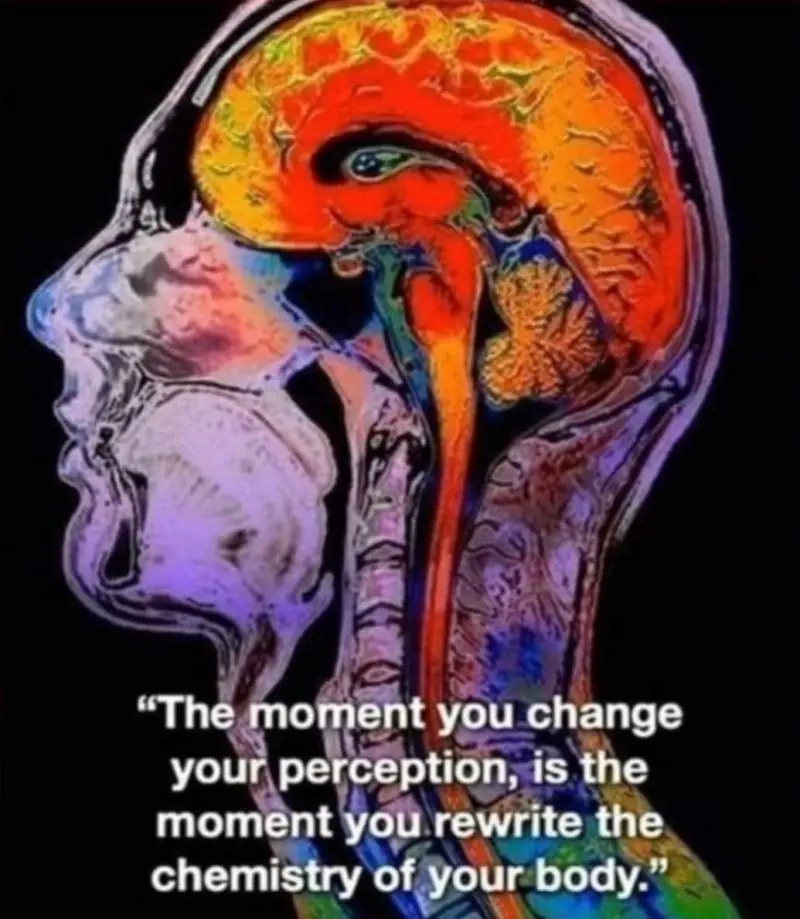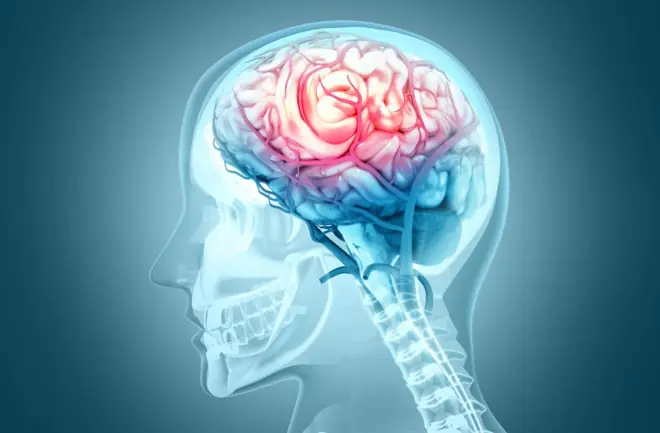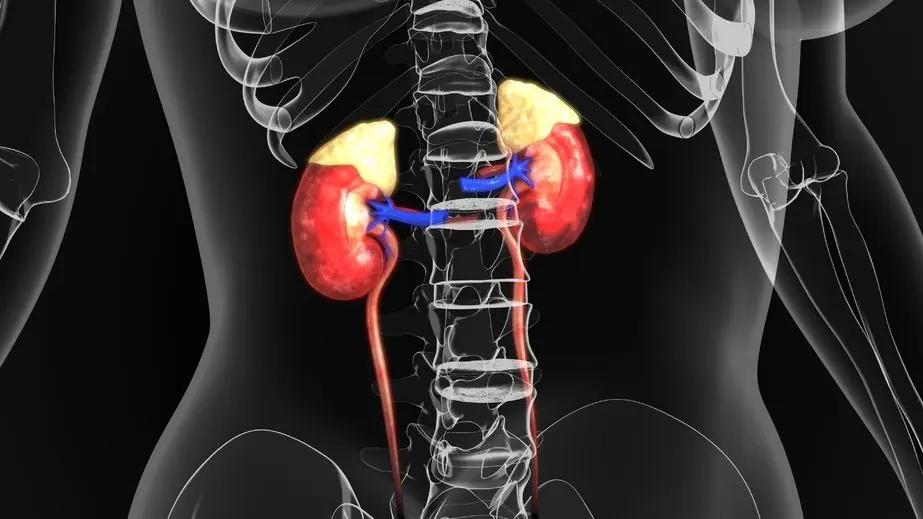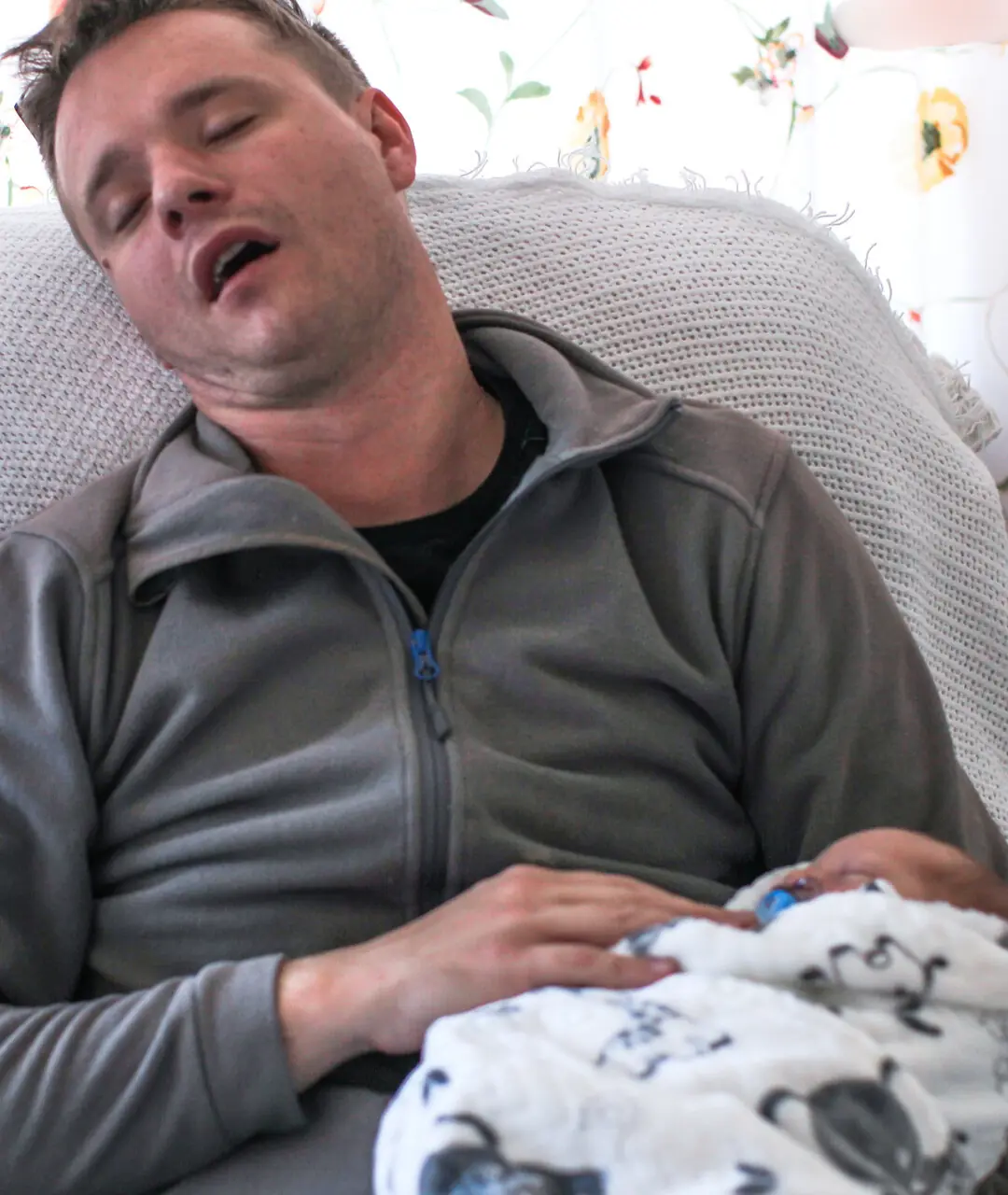
Paralysed man stands again after receiving ‘reprogrammed’ stem cells
In a groundbreaking medical breakthrough, a man who had been paralysed from the waist down has regained the ability to stand after receiving an innovative stem cell treatment involving reprogrammed cells. This incredible development has sparked hope not only for those suffering from paralysis due to spinal cord injuries but also for the future of regenerative medicine. The case marks a pivotal moment in the intersection of science, technology, and human resilience.
The patient, a man in his mid-thirties, was paralysed after a severe spinal cord injury sustained in a motorcycle accident several years ago. Doctors had initially told him that he would never walk again, as the damage to his spinal cord was deemed irreversible with existing medical treatments. For years, he lived with the harsh reality of immobility, dependent on a wheelchair and assistance for most of his daily activities.
However, researchers at a leading neurological research institute initiated a revolutionary approach to restore function. They extracted cells from the patient’s own body and genetically reprogrammed them into induced pluripotent stem cells (iPSCs). These cells have the unique ability to develop into virtually any cell type in the body. Scientists then guided these iPSCs to become specialised nerve cells—cells capable of regenerating damaged spinal tissue.
After months of preparation, the patient underwent a series of injections in which the reprogrammed stem cells were delivered directly into the damaged area of his spinal cord. Alongside the treatment, he participated in a rigorous physiotherapy program designed to stimulate nerve function and encourage muscle coordination. Over the next several months, doctors began to notice signs of improvement: increased muscle tone, slight sensations in the lower limbs, and eventually, the ability to move his legs with assistance.
The most dramatic moment came when, with the help of a walker and a team of medical staff, the patient stood upright for the first time since his accident. This emotional milestone was not only a triumph for him personally, but also a significant victory for the scientific community, demonstrating that spinal cord injuries may no longer be the life sentences they were once thought to be.
This success story raises critical ethical and scientific questions. The use of reprogrammed stem cells, while promising, is still in its early stages and requires further study to understand long-term effects and potential risks. There are also concerns about accessibility and cost—cutting-edge treatments like these are often prohibitively expensive and not widely available. Nonetheless, the case has accelerated interest and investment in regenerative therapies.
Experts believe that this approach could be adapted to treat a range of neurological disorders, including multiple sclerosis, ALS, and even certain types of brain damage. More clinical trials are already underway around the world, aiming to replicate and expand on these early results.
In conclusion, the story of the paralysed man who stood again thanks to reprogrammed stem cells is a testament to the power of scientific innovation and human determination. While it may take years before such treatments become common practice, this milestone represents a beacon of hope for millions. It shows that even conditions once considered untreatable can be challenged by the relentless pursuit of knowledge and the unwavering belief that no barrier is insurmountable.
News in the same category


The moment you change your perception is the moment you rewrite the chemistry of your body

10 Cancer Warning Signs Women Often Overlook

🌿 Unlock the Secret Power of Guava Leaves: Transform Your Hair, Skin & Health Naturally

🍯🌿 18 Benefits: Mix Ginger with Cloves and Honey, You'll Thank Me for the Recipe!

This Simple Exercise Lowers Blood Pressure as Effectively as Pills, Study Finds

From Causes to Cures: Everything You Need to Know About Fatty Liver

Symptoms of prostate cancer explained as study reveals how often men should ejaculate per month to prevent it

Why Skipping Breakfast Could Be Harming Your Health: Hidden Dangers You Need to Know

Recognizing the Warning Signs of a Stroke: Why Immediate Action Can Save Lives

Nurse Who Has Seen Over 100 People Die Reveals That Everyone Says The Same Thing Before They Pass

A 48-Year-Old Man Has Been Diagnosed With Stage 4 Cancer And Has Disclosed ONE Common Symptom That He Initially Overlooked

Deaths from six cancers are rising in men and women and symptoms mean they could be easy to miss

The five shocking things that happen to your body once you stop taking Ozempic

Barbara O'Neill: "I Pray You Never Eat These Foods Again"

👣 12 Surprising Ways Your Feet Reveal Early Signs of Liver Disease

‘It’s A Common Theme’: Cancer Doctor Shares What She Regularly Sees In Her Patients Early On

Morning Routines That Keep The Mind Sharp Well Into Your 70s, According To Psychology

Recognize The Signs Of High Stress: 8 High Cortisol Symptoms
News Post

Unusual Morning Signs That May Warn of Cancer Risk

The moment you change your perception is the moment you rewrite the chemistry of your body

10 Cancer Warning Signs Women Often Overlook

🌿 Unlock the Secret Power of Guava Leaves: Transform Your Hair, Skin & Health Naturally

🍯🌿 18 Benefits: Mix Ginger with Cloves and Honey, You'll Thank Me for the Recipe!

This Simple Exercise Lowers Blood Pressure as Effectively as Pills, Study Finds

From Causes to Cures: Everything You Need to Know About Fatty Liver

Symptoms of prostate cancer explained as study reveals how often men should ejaculate per month to prevent it

Why Skipping Breakfast Could Be Harming Your Health: Hidden Dangers You Need to Know

Recognizing the Warning Signs of a Stroke: Why Immediate Action Can Save Lives

Nurse Who Has Seen Over 100 People Die Reveals That Everyone Says The Same Thing Before They Pass

A 48-Year-Old Man Has Been Diagnosed With Stage 4 Cancer And Has Disclosed ONE Common Symptom That He Initially Overlooked

Poisoned Easter Eggs Sent To Ex’s New Family — 7-Year-Old Passed Away

Deaths from six cancers are rising in men and women and symptoms mean they could be easy to miss

The five shocking things that happen to your body once you stop taking Ozempic

My Son Helped a Blind Old Man Pay for His Groceries – Today, a Convoy of Black SUVs Pulled Up to Our House

Granddad Forbids Anyone from Touching His Old Mattress, Girl Finds Stash There after His Death

My Stepmom and Her Adult Kids Changed the Locks After My Dad's Funeral – But My Mom Had the Final Word
